- Our Story
Feel The Journey - Camper Vans
Browse Our Vehicles- Ford Campervans
- Renault Campervans, Master, Trafic & Kangoo (Coming soon)
- Toyota Alphard & Vellfire Series 10 & 20
- Nissan Serena Side & Rear Conversions
- Toyota Noah/Voxy 2014-2017
- Honda Elysion & Stepwagon
- Nissan NV350 LWB Hightop & Elevating roof
- Nissan NV200
- Suzuki Jimny
- Campervans for Sale
View Current Stock- Servicing
& SupportJapanese Imports
Why Japanese campervan imports?
Because they are low mileage?
Because they are all like new?
Because Japan has more stringent MOT’s since they don’t use salt on the road?
Believe it or not, it’s none of the above! But that certainly doesn’t mean they’re not worth buying as they do have many fantastic benefits. It’s the reason we’ve been selling them successfully for 20 years.
Like most things, what you see is not always what you get, and many dealers and converters will claim “they come from Japan, they are all great” which isn’t always true. We have created some information pages about Japanese imports focusing on why they are such good vehicles and also some of the pitfalls to watch out for.
Please read on below for more information, and as always, it’s good to talk, so feel free to give us a call if you have any questions.
USS Tokyo
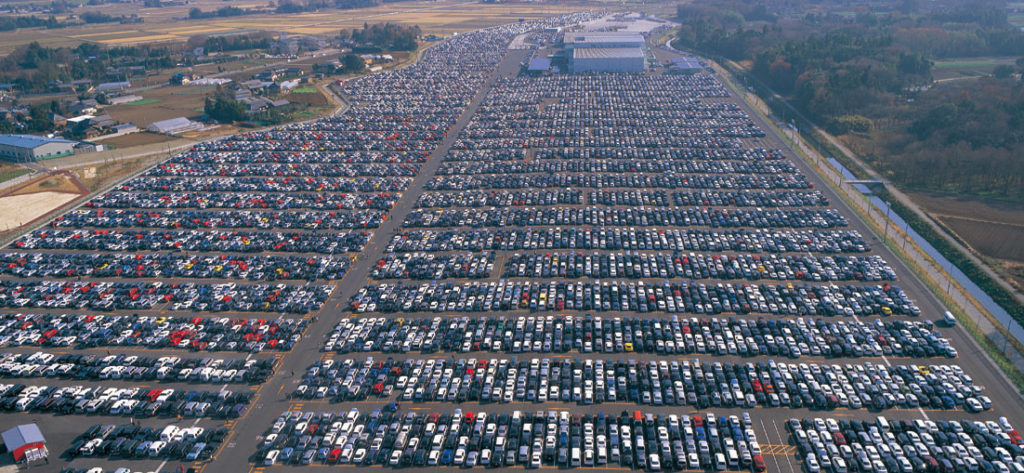
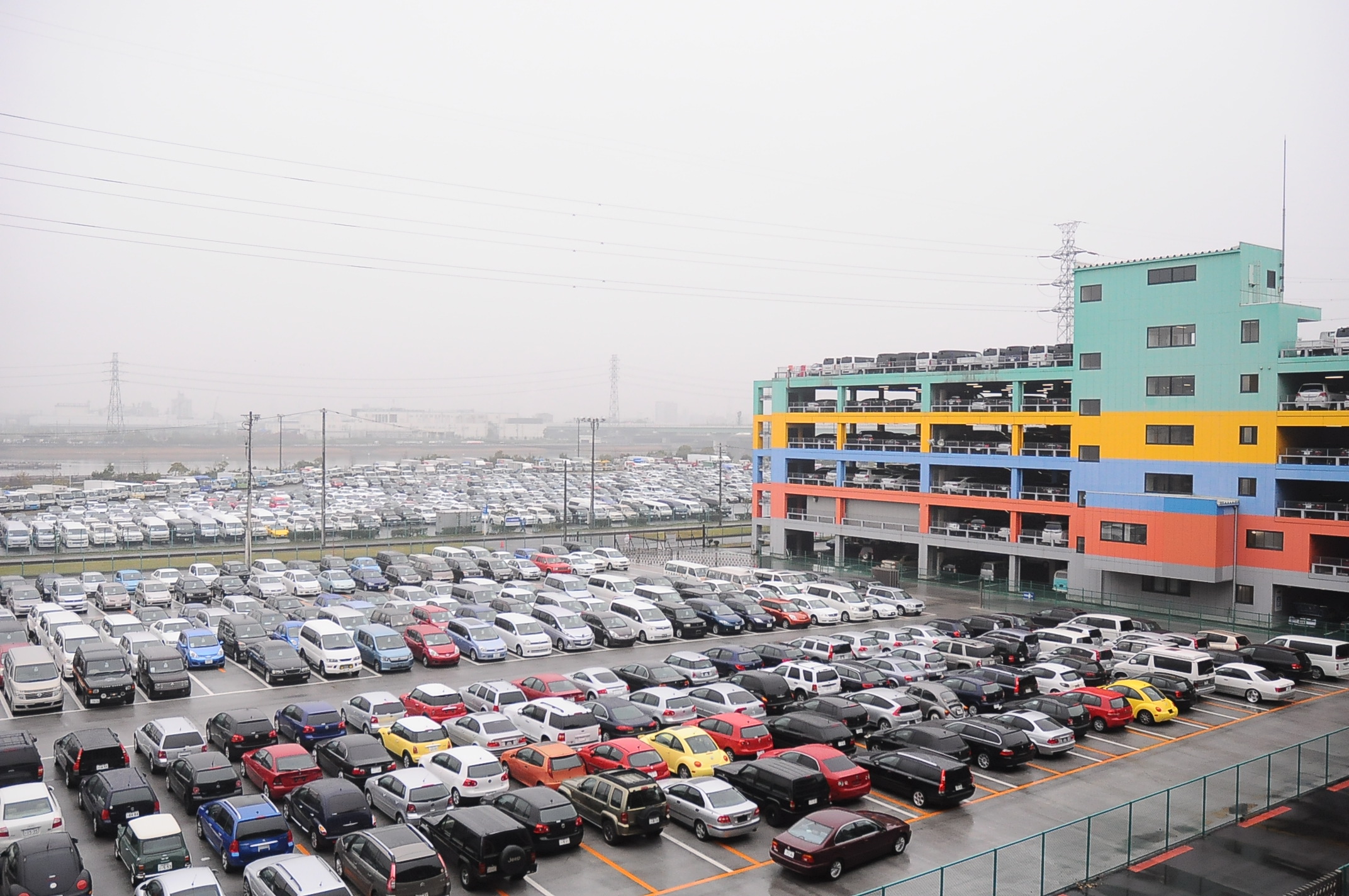
Our history with Japan
We started Wellhouse in August 2002, but before we had even begun to trade, myself and a friend of mine Vaughan, from AVA Leisure near Gatwick, had heard of these “funny little Mazda Bongo campers” in Japan. Back then Google was still in its early days meaning we had limited information to go on. We contacted a couple of Japanese car exporters and flew to Nagoya, Japan, to learn about how it all worked.
Looking back over 20 years it was quite daunting flying halfway round the world to put our trust into people we didn’t know. Japan is an amazing place but also can be a bit bewildering as its vastly different to the UK and other European countries.
We knew from the beginning that we had dropped on something good here as we also saw other vehicles such as the Toyota Granvia, Regius, Hiace, Alphard, Honda Stepwagons and many other weird and wonderful people carriers which we would go on to convert.
We would continue to make several more visits to Japan over the next few years, strengthening our relationships with our buyers.
As of 2022 we still convert the Toyota Alphard’s, Nissan Serena and Honda Stepwagon’s and we are off to Japan again in early 2023.
One thing we think is hugely important is the fact “we go to Japan”, if you don’t go and see how it works, how do you know what you are doing? Visiting is so important as you get to build relationships with your buyers.
The myths.
OK let’s deal with some of the myths. After selling over 1,500 imported vehicles from Japan we have been asked just about every question you could be asked regarding imports.
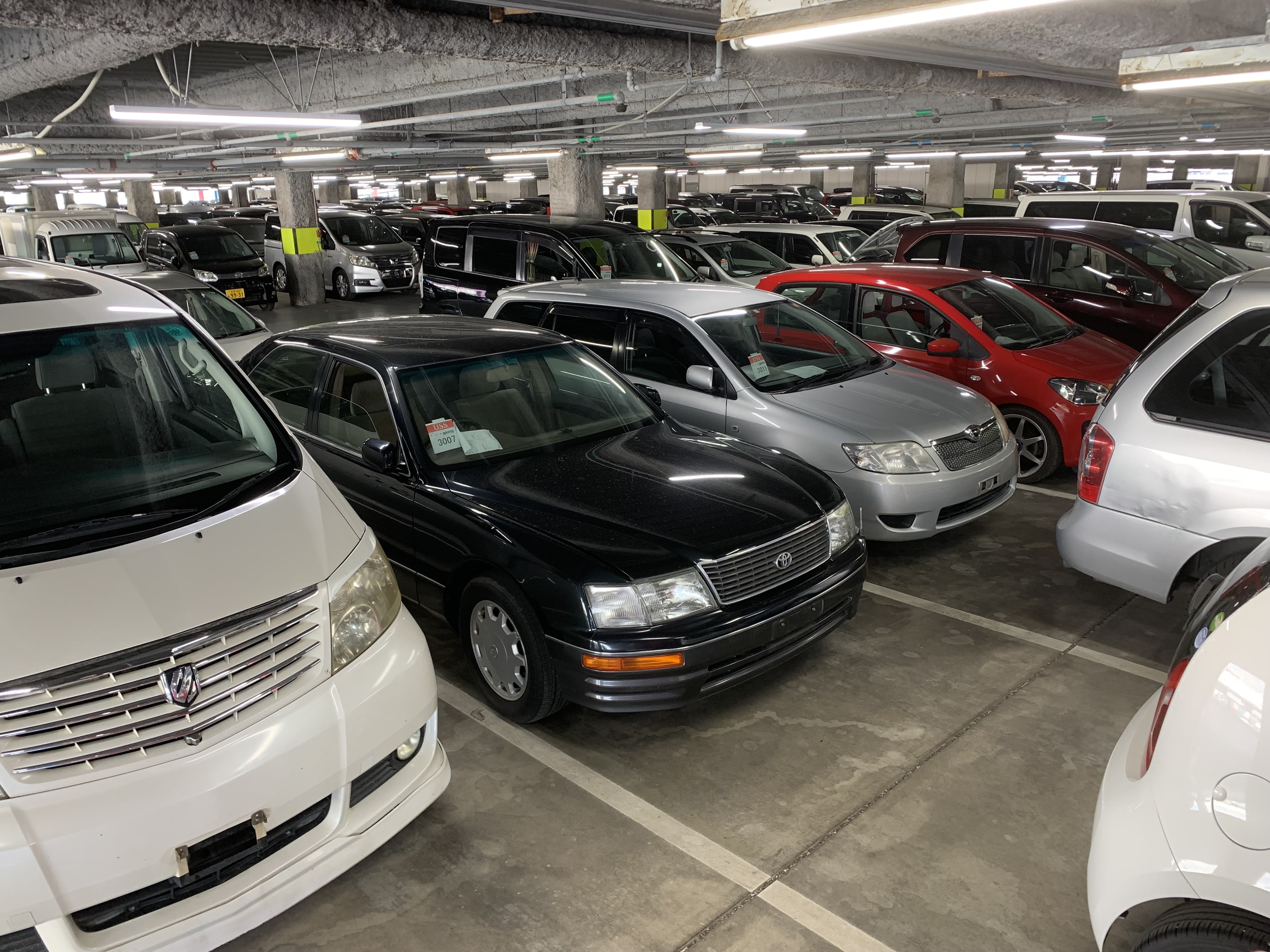
- Grey imports. You don’t hear this terminology as much nowadays but in the early days people had this “import phobia” Can I get parts? Can I get them insured? Are they UK spec? See below for the answers.
- Condition. In general, the climate in Japan is better than the UK, but like any country you can have cars for sale in various states. Because we have been importing for so long, our buyers know the level of condition we expect, they are very good at looking at the base vehicles and knowing if it’s good enough. This is why when we buy-to-order, it can take some time to find the right spec, and more importantly in the right condition.
- Age when sold. A myth that the Japanese sell their cars when only a few years old. This is not true as we regularly buy Alphard’s aged 2006/7/8 onwards. We are also partial to classic cars and have also bought old Jaguars and Mini’s from Japan.
- Stringent Japanese MOT’s. Partly true but it’s not uncommon to find a vehicle with 4 x illegal tyres (low tread depth) Again if you buy better condition cars there will be less to do on them when back in the UK.
- Rust. They are all rust free? Not true. Our Alphard’s come from the Kobe region of Japan and sometimes a bit further north up to Tokyo. However, cars from the very north of Japan can have rust. From Kobe to the middle of the north island is over 800 miles away. Northern cars can be cheaper but like everything there is a reason for something been cheaper.
- Mileage. They are all low mileage? Absolutely not, and some are really high mileage as well. This is why you need to make sure the supplier can authenticate the mileage of the base vehicle with things like auction sheet, service books, service history and service stickers ETC.
- Auction grades. Over the years more and more people ask me about auction grades. “Is it grade 4 because they are the best?” No, as you have grade 4.5, 5 and 6 depending on the auctions. Grading is done by the person checking the vehicle into the auction. So, it’s down to an individual and the auction as well. I know from experience that a vehicle at Honda Auction in Kobe on a Monday might be grade 3 but the same vehicle at HAA Auction next door a few days later could be graded at grade 4. Don’t get us wrong. auction grades give you an indication of what the vehicle is like but there are far more important things to check.
- Parts. We have been doing this for 20 years so hopefully by now we know what we are doing. We see many vehicles in Japan that we think “that would make a decent campervan”, but we don’t import them because they don’t have enough compatible parts with a UK or European model. For example, the Nissan Serena we import shares the same engine with around 10 other UK models. Also, on something like the Toyota Alphard. there have been so many of them imported that nowadays you can find them being broken for spares in scrapyards. We also have a fantastic relationship with our local Toyota dealer. Partly because we buy all our new Proace’s from them but one of their main directors has a Toyota Granvia camper that he bought from us 15 years ago and we can get parts for one of those.
- Insurance. Are they more to insure? As a people carrier sometimes they can be, but insured as a camper they are just like any other campervan to insure as its insured as a Wellhouse campervan. We have a list of insurance companies for our customers and so long as we have converted it then it’s insured as a campervan.
- UK spec. All our imports come with UK foglight, the speedo reads in MPH, and they have a UK English handbook. At the moment most of ours’s are registered as Motorcaravans but you never know when DVLA may want to change things. They can also be registered as a people carrier if required. One thing we don’t do is change the odometer. There is a way of changing the speedo to read in MPH and it also changes the odometer so in theory they are “clocked” this is not illegal and it doesn’t mean a dealer is misleading a customer, but do you want a buy a vehicle where the odometer has been changed?
- Undersealing. All the Japanese cars are undersealed in Japan however when you see how clean they are underneath it’s probably worth getting them extra undersealed when back in the UK and we offer this as a service.
- Cheaper base cars. Yes, there will always be cheaper base Alphard’s and Serena’s but stick to the basics, mileage, condition, service stickers, auction sheet and service books and is it a northern car? I sometimes see an Alphard for sale in the UK almost at the same price as what it costs me from Japan, but you can work out why this is when you apply the basic rules on what to look for.
- Your mate knows best? There is nothing wrong with bringing a mate, relative ETC to look at a campervan. We get it a lot and if you are on your own and not used to buying this type of vehicle then of course you should have someone with you, even better if they are mechanically minded. When you visit us, we sometimes see that the customers friend has this “invisible wall” up to protect them (nothing wrong with that) and we will always show you how we convert them, where we buy them from, how we import them and the whole process from start to finish.
How we buy them.
If you decide you want a Wellhouse Japanese imported campervan we can do this one of two ways. First of all, you can look at our Toyota Alphard campervan stock list, these campervans are either in the UK or on the way in from Japan. Or we can find you what you want in Japan and import to order. As we are always booked up in the workshop so far in advance, it gives us time to find the right base vehicle for you in Japan and import it.
So, if for example you want a black 3.0V6 2007 4WD with grey interior and no more than 40,000 miles, we can find it for you! It means we can also keep in contact, send you the information and go through it with you before we order it. More than half the imports we sell are bought to order.
How do we do this?
First of all, our buyer in Japan has access to all the auctions online systems. They will also have teams dotted around within the Kobe area at the auction sites. This means if we would like them to look at a vehicle in more detail, for example, ‘LOT number 1234 at USS Osaka auction’ they will first have a look at the notes on the auction sheet. If this reads well, they will then physically check the vehicle at the auction.
If the base vehicle checks out the next step is they bid on it. If we are successful and buy it the vehicle is brought down to the yard in Kobe and then its photographed on the outside, inside and underneath so we know what we are getting. The vehicles are also professionally inspected and driven round the port at this stage.
Next is paperwork and shipping. Our agent does all the paperwork for us in Japan, export documents, export logbook and gets the base vehicle on the ship to the UK. Once we know what ship it’s on, we send the customer the name of the ship and you can track it on the Vessel Finder website.
Most of the time the ships go Westwards, through the middle east and through the Suez Canal. Sometimes they do go East through the Panama Canal then call in at ports in the USA before crossing the Atlantic. When the ship arrives at one of various UK ports, we get it cleared at customs then brought back to Wellhouse.
When the vehicle is with us, we send it off for a service and a pre-MOT. On the 3.0V6 version they have a cambelt as part of the service and many of them have new tyres, not because of wear and tear, but because of the age of the tyres. It then goes off to the body shop as just about all the imports we bring in will be in need of some work.
Once the base vehicle work is done, it has the rear seats and trim removed before it can then go in for conversion. On a Toyota Alphard it takes us around 150/160 hours in total to convert which seems a lot and we know many can convert them in around 100 hours but when people visit us, we show you where this time goes.
Firstly, it spends a week in section one which is the roof fitting department. All the roofs are colour coded to match the base vehicle and all of them have a solar panel fitted before the roof is fitted to the base vehicle.
Section two is where it goes in to be lined out, have the floor fitted and any new interior trim.
Section three is final build. This is where they fit the water tanks, electric’s, gas pipes, seat swivel/s, curtains, any extras. The conversion is built upstairs in the wood shop and brought down fully built up ready to fit. Once the conversion is fitted it then goes on to PDI (pre delivery inspection) gas and electrical testing are just two of the many important checks they have, and they are also test driven. After this they go into valet, and they are ready to go. Also remember all the imports we build just like the new campers come with gas & electrical installation certificates.
Lastly, as well as being Ford approved, we are Stelanitis approved, ISO9001 accredited, VCA (Vehicle Certification Authority) approved we are now members of BIMTA which is the British Importers Motor Trade Association. BIMITA also do mileage checks on the vehicles we import.
Auction 4
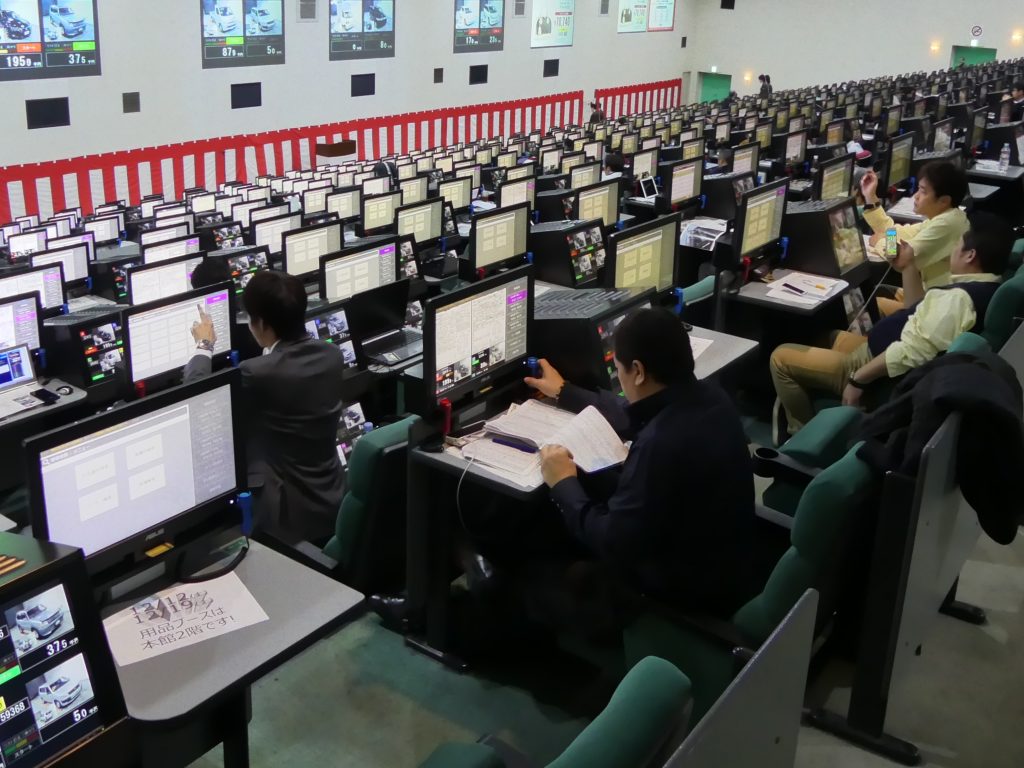
Auction 3
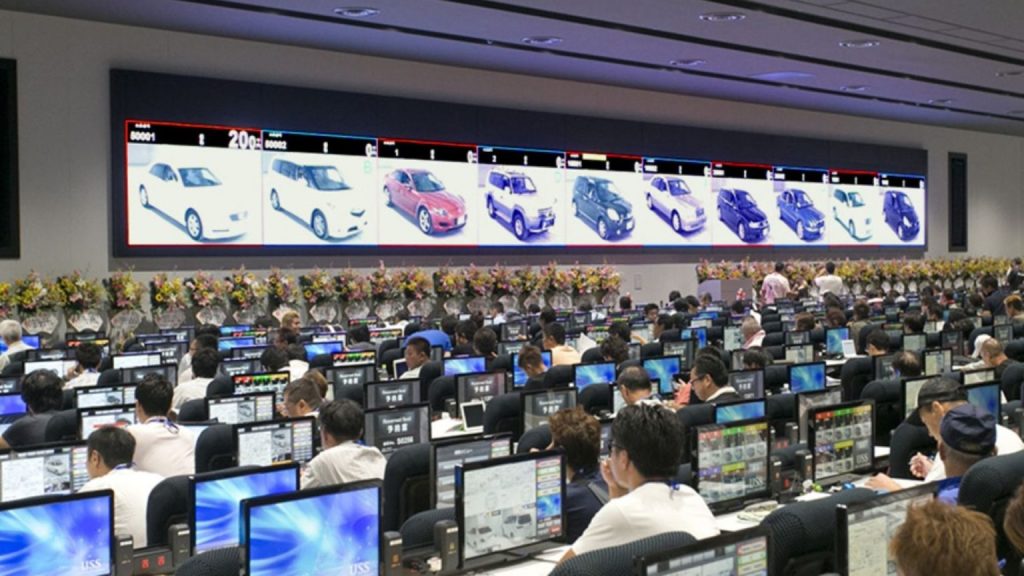
Auction 1
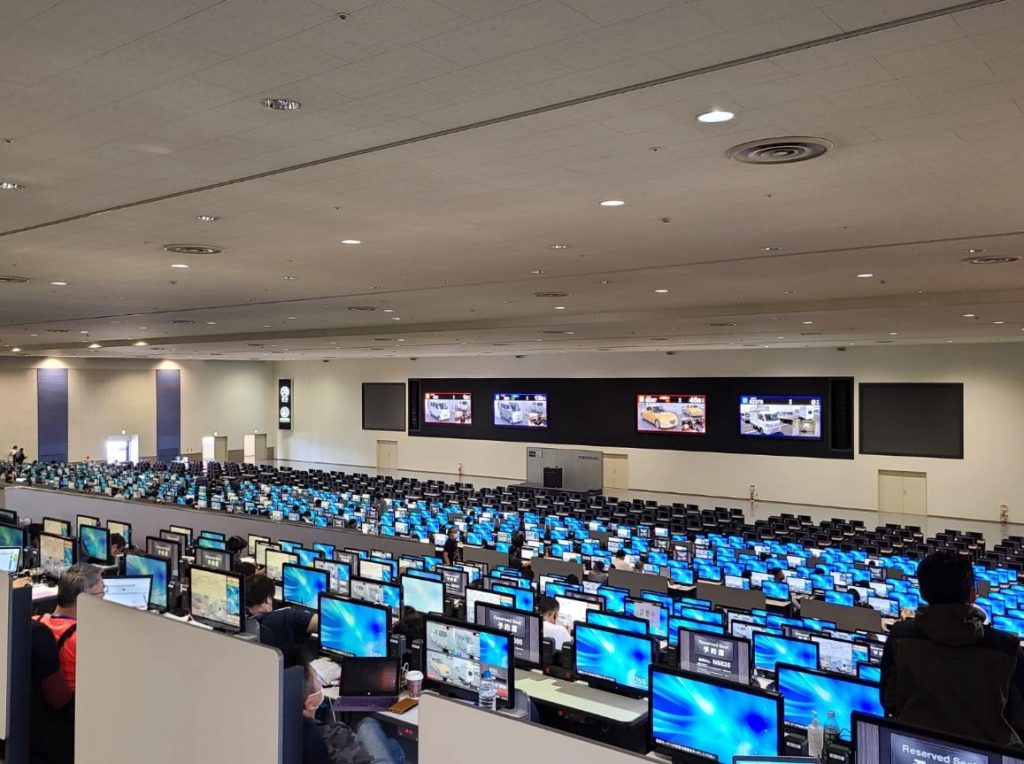
Join our Facebook Group
Do you already have a Wellhouse Camper or are you thinking of buying one from us? Did you know there is a dedicated owners forum? Search Wellhouse Adventures and request to join.
Arrange a factory tour with David
Enter your details below and we will get in touch with you about a factory tour
Alternativly Email David directly at [email protected] or call 01226 668800
Arrange a callback
Websites are great for sending information and showing what Wellhouse do but you can’t beat a phone call and its always better to speak with us ahead of a visit so we can discuss in more detail what we can offer and your requirements.
2023 Stock SituationWe have plenty Ford Customs available but only SWB, some 170ps models and then later in the year lots of Automatic SWB models. On the Toyota Proace we only have 1 left and we are not planning on building anymore.
On Japanese campers we have unlimited supply of Toyota Alphard and Nissan Serena and we will have the first side converted Serena ready towards the end of March. We also have some Nissan Caravans on route from Japan as well.

